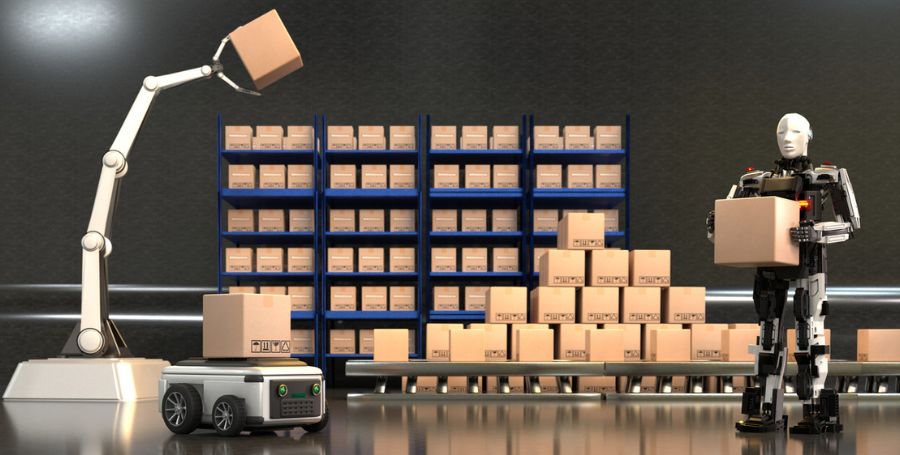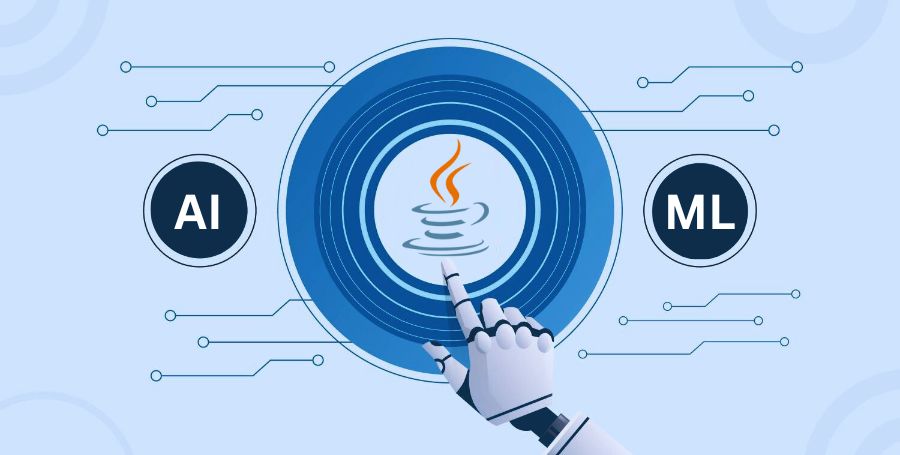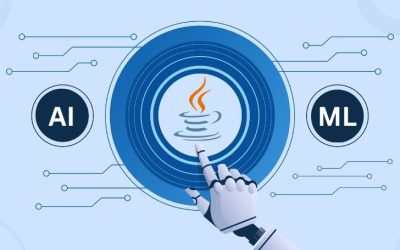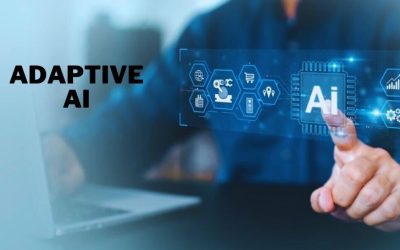What is A Data Warehouse?
A Data Warehouse is a computer system designed to store and analyze large amounts of data to give significant business experiences. DW (Data Warehouse) is a process for gathering and overseeing information from shifted sources to provide significant business experiences. It integrates, formats, and organizes data from various sources – such as internal marketing, sales, and finance systems, as well as customer-facing applications and other external systems, and fills it as a focal store of data, which can be segmented is reveal connections and patterns.
Information architects and researchers, business investigators, and chiefs access this information through business insight instruments and other examination applications and use it to make reports and screen dashboards.
While not every business needs a data warehouse, those that do can extract valuable business insights from their data to improve decision-making. Capabilities and ways to implement data warehouses vary, but the solutions are AI tools and machine learning, which allow users to easily create and run their analytics without relying on IT teams. Let’s see how AI and machine learning are playing an important role in automating data warehousing services.
AI Automation In Warehousing For Greater Visibility
Did you know that artificial intelligence has played a major role in digitally transforming the logistics and supply chain industry over the past few years as industry demand has increased and the process has become increasingly complex? Businesses have developed AI applications to analyze data and streamline operations, but what role does it play in warehousing?
AI and Machine Learning Automation For Warehousing
Now, robotic automation is combined with AI and machine learning for automated and intelligent warehousing systems capable of picking and placing, packing, moving, and replenishing inventory. Robotics and warehousing involve the use of robots, which are programmed to automate repetitive tasks, that were previously carried out by human resources. Automation will support these operations by allowing tasks to be completed with minimal or no human assistance.
In 2019, the global warehouse automation market was worth 15 billion dollars and the market is expected to grow and reach 30 billion dollars by 2026.
How Does Machine Learning Work?
Machine learning, a subset of AI, enables WMS to assess more data and recognize designs, thus making precise forecasts and proposals. This innovation helps in crunching huge piles of data quickly and efficiently. Thus it increases production over a considerable period by reducing the work and wages of the employee.
5 Motivations To Use Data Warehouse Automation Mechanization Programming
1. More information-driven choices
Associations carry out DWA to understand their unique objectives with information stockrooms: pursuing information-driven choices. DWA empowers this because of effectively open, dependable, and top-notch information. The reasons beneath are reasons empowering this.
2. Expanded efficiency
Data Warehouse robotization empowers engineers to work at a more elevated level of reflection, expanding their efficiency. Efficiency drivers incorporate robotization of these errands:
Robotized Code Age is basic for information computerization. Data Warehouse computerization instruments produce code for different parts of the information stockroom, for example, information planning and ETL.
3. Scalability
As data volumes develop, scalability becomes vital. DWA programming takes into consideration more straightforward scaling of data distribution centers. A computerized cycle can adjust to changing information requirements and continuously integrate new information sources without the need for extensive manual effort.
4. Cost Efficiency
By automating labor-intensive tasks, DWA software contributes to cost savings. It reduces the need for a large development team and minimizes the chances of human errors, leading to a more efficient and cost-effective data management process.
5. Persistent Improvement and Time Saving
Data Warehouse automation accelerates the lifecycle. With predefined templates, reusable code, and automated workflows, tasks that traditionally took weeks can be completed in a fraction of the time, leading to faster insights and decision-making.
How can Humans And Warehouse technology Work Together?

AI can perform tasks faster and more accurately, while human resources are needed to ensure real-time decisions are made correctly in specific and complex situations.
AI and robots are created to focus on one task at a time and not multitask.
Working with humans and warehouse technology will ensure process synergy and optimization, while warehouse technology can reduce employee workload.
Role of AI and ML and Powerful Advantages of Data Warehouse Automation
Implementing computerized logic (artificial intelligence) in stockroom operations brings many benefits to organizations, changing the efficiency, accuracy, and versatility of their calculated cycles. The joining of simulated intelligence-based innovation inside stockrooms opens a range of benefits that rethink how organizations deal with their stock and upgrade their tasks.
Upgraded Proficiency and Efficiency
Simulated intelligence-driven frameworks smooth out distribution center activities, essentially upgrading effectiveness. High-level calculations streamline stock arrangement, empowering savvy associations and decreasing the time expected for picking and pressing. With artificial intelligence-empowered prescient investigation, distribution centers can gauge request designs all the more precisely, limiting overloading or stockouts.
This proficiency flood converts into expanded efficiency, permitting organizations to deal with bigger volumes of stock with fewer assets and quicker than expected.
Enhanced Stock Administration
Simulated intelligence’s capacity to examine tremendous measures of information progressively enables distribution centers to arrive at information-driven conclusions about a stock. Prescient examination and AI calculations expect stock necessities because of verifiable information, market patterns, and occasional variances, considering proactive restocking and productive use of extra room. This enhancement prompts diminished holding costs and limited squandering, eventually working on the main concern.
Further developed Precision and Mistake Decrease
By mechanizing routine tasks and using artificial intelligence-fueled infrastructure for stock following, distribution centers experience a drastic reduction in human errors. Simulated intelligence-based innovations, like PC vision and RFID (Radio-Recurrence Recognizable proof), empower exact stock following all through the distribution center, limiting errors and guaranteeing precise stock counts. This exactness forestalls stock inconsistencies, as well as upgrades, and request precision, alleviating delivering blunders and further developing consumer loyalty.
Versatile and Dexterous Tasks
Artificial intelligence innovation brings flexibility and agility to stockroom activities. Independent robots and robots outfitted with man-made intelligence explore stockrooms productively, performing errands, for example, stock filtering or shipping merchandise. These simulated intelligence-driven gadgets can adjust to changes in distribution center climate, improve courses, and constantly change tasks, thus expanding adaptability and responsiveness to changing requests or unexpected situations.
Cost Investment Funds and Adaptability
The execution of artificial intelligence in warehouses prompts cost reserve funds from different perspectives. The decrease in mistakes limits misfortunes because of bungled stock, while expanded productivity means diminished work costs and further developed asset distribution. In addition, the versatility of the simulated intelligence-based framework allows the stockroom to seamlessly change and expand activities as the business evolves, without facing a corresponding expansion in costs.
Real-Life Examples Of AI Automating Data Warehouse
The accompanying genuine models feature examples where AI is effectively utilized to computerize information stockroom activities.
Instances of Data Warehouse Center Robotization Instruments:
- Amazon Redshift
- Cloud-based scientific and business knowledge instrument.
- Offers personalization and consistent reconciliation with existing information bases.
- Vigorous capacity, handling, and streamlining abilities.
- Gives a two-month free preliminary for clients to investigate its elements.
- Oracle
- Cloud-based instrument stressing information-driven navigation.
- Striking for AI investigation, auto-tuning, and information representation.
- Ideal for undeniable level examination in distribution centers and undertakings.
- Produces reports and conjectures given gotten information.
- ActiveBatch
- Executes start-to-finish answers for ongoing information base updates.
- Exhaustive planning capacities and an undertaking library for computerization.
- Upholds fast advancement through projects with different designated spots.
- Offers a free showing and a thirty-day time for testing.
- Redwood RunMyJobs
- Phenomenal versatility for organizations expecting quick development.
- Easy to understand and communicate critical areas of strength with highlights.
- Coordination choices for different sources to combine information.
- Gives insight to report age and dashboard input.
- Zap DataHub
- Wizard-based interface for simple arrangement and use without coding.
- Savvy and direct information warehouse robotization.
- Permits organizations to get everything rolling free of charge.
- Offers simplified usefulness for clear demonstrating.
- WhereScape
- Robotizes the foundation, plans, and tasks of the executives.
- Diminishes fabricating time through robotization.
- Centers around planning, improvement, execution, and activity.
- Extra administrations incorporate WhereScape 3D, WhereScape Red, and WhereScape Information Vault Express.
- Astera
- Computerization answer for spry administration consolidating configuration designs.
- No coding plan for effortlessness of purpose.
- Driven by metadata for information robotization.
- Offers a free preliminary for clients to investigate its highlights before effective financial planning.
Implementing an Automated Data Warehouse: Carrying out a Mechanized Information Stockroom
In the consistently developing scene of information the board, the rise of mechanized information stockrooms remains a reference point of proficiency and development. Robotizing the data warehouse life cycle simplifies tasks and prepares for a future where bits of knowledge are instantly exposed, progressively empowering information-driven mobility.
To effectively carry out such an extraordinary framework, commonsense advances progress and a sharp eye on the future is essential.
1. Characterize Clear Targets and Prerequisites
Start by illustrating the targets and explicit prerequisites of the computerized data warehouses. Characterization of business objectives, information sources, types of information to be eliminated, and ideal outcomes warrants an engaging method through execution interaction.
2. Select the Right Apparatuses and Innovations
Pick computerization instruments and innovations that line up with your business needs. Assess stages that offer versatility, incorporation capacities, and flexibility to different information sources. Cloud-based arrangements frequently give the adaptability and versatility expected for current data warehouse arrangements.
3. Information Readiness and Coordination
Clean, get ready, and coordinate information from different sources. This step includes information profiling, change, and guaranteeing consistency to empower precise investigation. Robotized information pipelines can perfectly support this interaction, reducing manual errors and increasing productivity.
4. Plan and Construct the Information Stockroom
Make a hearty information design that obliges to current requirements while being sufficiently adaptable to adjust to future changes. Use machine learning to work with the structure of information models, ETL (Concentrate, Change, Burden) cycles, and metadata of the executives, lessening manual exertion and possible mistakes.
5. Test and Approve
Thoroughly test the robotized information stockroom to ensure accuracy, reliability, and execution. Conduct a full approval cycle to confirm data quality, integrity, and usability of robotized work processes.
6. Preparing and changing the board
Teach the group how to use and deal with the computerized information stockroom. Changing the board procedures is fundamental to guarantee smooth progress, empowering reception, and boosting the advantages of robotization.
The Eventual Fate of Information Stockroom Robotization:
Looking forward, the eventual fate of information stockroom mechanization holds massive commitment. Headways in AI and machine learning will additionally upgrade computerization abilities, empowering prescient examination, abnormality discovery, and versatile information on the board.
In addition, the development of Data Warehouses computerization will probably prompt expanded democratization of information access. Self-administration investigation instruments engaged via mechanized information distribution centers will empower clients across various business capabilities to get to and dissect information, encouraging an information-driven culture inside associations.
Conclusion
Overall, effective implementation of a mechanized information stockroom depends on rigorous preparation, selection of key equipment, skilled information care, and forward-looking methodology. Embracing the fate of information stockroom robotization guarantees improved productivity, same as an upper hand in an undeniably information-driven world.
By adopting these means and being sensitive to the growing advancements, organizations can face the force of mechanization to improve their information board processes and drive growth and development in the coming years.







